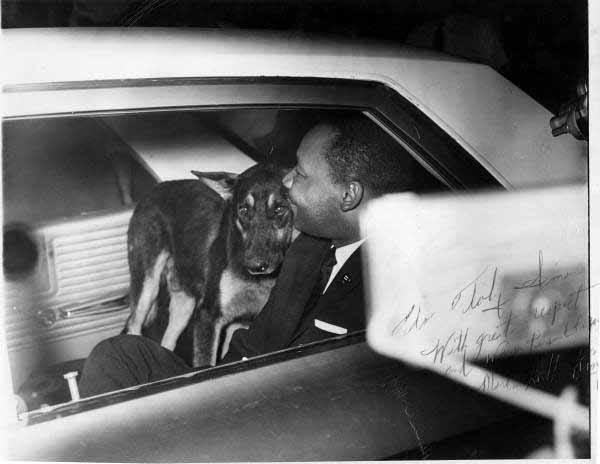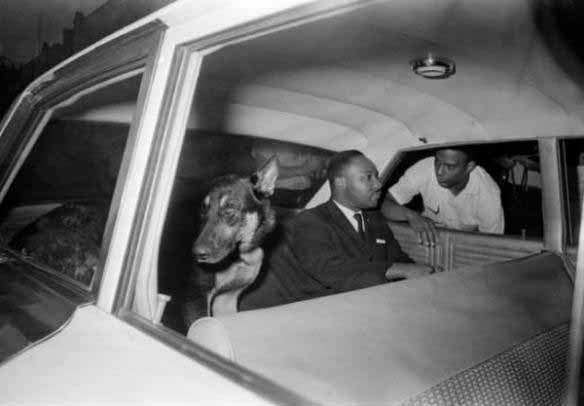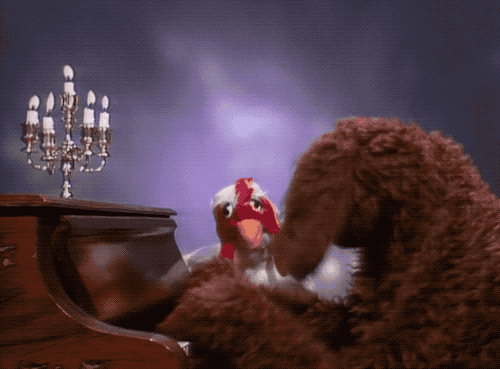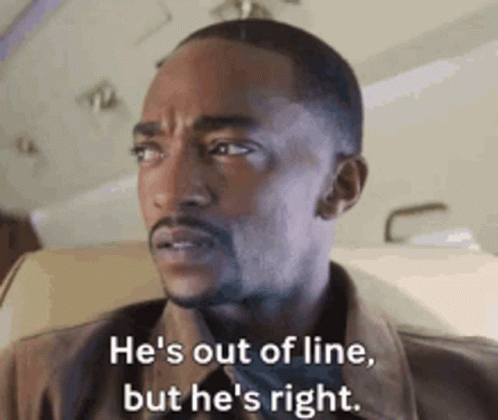Remember when Wishbone freed the slaves and taught them to fly?
You are using an out of date browser. It may not display this or other websites correctly.
You should upgrade or use an alternative browser.
You should upgrade or use an alternative browser.
Dogset presents a special black history moment "the people could fly"
- Thread starter Rhapscallion Démone
- Start date
More options
Who Replied?Wishbone. 

JuvenileHell
Veteran
wishbone was my shyt
Yeah yeah... But remember reality though?

 academic.oup.com
academic.oup.com

Slave Hounds and Abolition in the Americas*
Abstract. The lash and shackles remain two primary symbols of material degradation fixed in the historical memory of slavery in the Americas. Yet as recoun
Abstract
The lash and shackles remain two primary symbols of material degradation fixed in the historical memory of slavery in the Americas. Yet as recounted by states, abolitionists, travellers, and most importantly slaves themselves, perhaps the most terrifying and effective tool for disciplining black bodies and dominating their space was the dog. This article draws upon archival research and the published materials of former slaves, novelists, slave owners, abolitionists, Atlantic travelers, and police reports to link the systems of slave hunting in Cuba, Jamaica, Haiti, and the US South throughout the eighteenth and nineteenth centuries. Slave hounds were skillfully honed biopower predicated upon scenting, hearing, sighting, outrunning, outlasting, signaling, attacking, and sometimes terminating, black runaways. These animals permeated slave societies throughout the Americas and bolstered European ambitions for colonial expansion, indigenous extirpation, economic extraction, and social domination in slave societies. as dogs were bred to track and hunt enslaved runaways, slave communities utilized resources from the natural environment to obfuscate the animal's heightened senses, which produced successful escapes on multiple occasions. This insistence of slaves' humanity, and the intensity of dog attacks against black resistance in the Caribbean and US South, both served as proof of slavery's inhumanity to abolitionists. Examining racialized canine attacks also contextualizes representations of anti-blackness and interspecies ideas of race. An Atlantic network of breeding, training and sales facilitated the use of slave hounds in each major American slave society to subdue human property, actualize legal categories of subjugation, and build efficient economic and state regimes. This integral process is often overlooked in histories of slavery, the African Diaspora, and colonialism. By violently enforcing slavery’s regimes of racism and profit, exposing the humanity of the enslaved and depravity of enslavers, and enraging transnational abolitionists, hounds were central to the rise and fall of slavery in the Americas.
Yeah yeah... But remember reality though?

Slave Hounds and Abolition in the Americas*
Abstract. The lash and shackles remain two primary symbols of material degradation fixed in the historical memory of slavery in the Americas. Yet as recounacademic.oup.com
MARTIN LUTHER KING, JR. AND THE RISE OF ANIMAL RIGHTS
Martin Luther King, Jr.’s inspiring encounter with a German Shepherd police dog will move you
They are two awesomely inspiring photographs – Martin Luther King, Jr. and his moving encounter with the police dog that was supposed to intimidate the Atlanta civil rights icon.
It was June 12, 1964. Dr. King had been arrested in St. Augustine, Florida after testifying before a grand jury investigating racial unrest in the city. King and the SCLC were ordered to leave the city for one month.

Martin Luther King, Jr. is placed in a police car with a German Shepherd police dog in June 1964.
At 4:00 a.m., according to Associated Press photo archives, King was placed in the back seat of a police car. And with him, a German Shepherd police dog. While intended to intimidate Dr. King, the dog instead lowered his ears, softened his eyes and appears to lean on King. Many observers said it appeared the pair “became fast friends.”
With a focus on civil and human rights, Dr. King was never known for shepherding animal rights. But his love and compassion for all life likely charted a specific course for his family.
Coretta Scott King, Dr. King’s widow, would continue working with other civil rights icons, including Ralph David Abernathy, who is seen standing outside the police car in the second photo. Mrs. King began advocating for animal rights and would become a vegetarian. King’s second son, Dexter, became a vegan in the late 1980’s, according to published reports. Both were driven by the notion that animals shouldn’t be harmed.
“The greatness of a community is most accurately measured by the compassionate actions of its members,” Mrs. King once said.

Martin Luther King, Jr. speaks with Andrew Young in June 1964.
I believe that unarmed truth and unconditional love will have the final word in reality.
– Dr. Martin Luther King, Jr.Come up with new tricks, dogbytch Babbel


dogset love the chicken heads....

